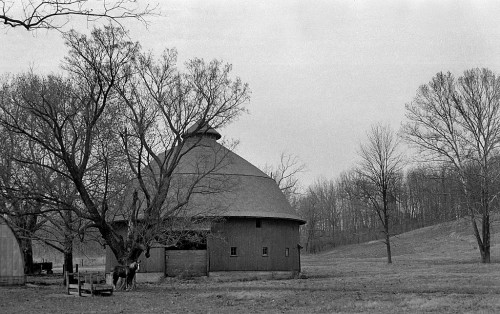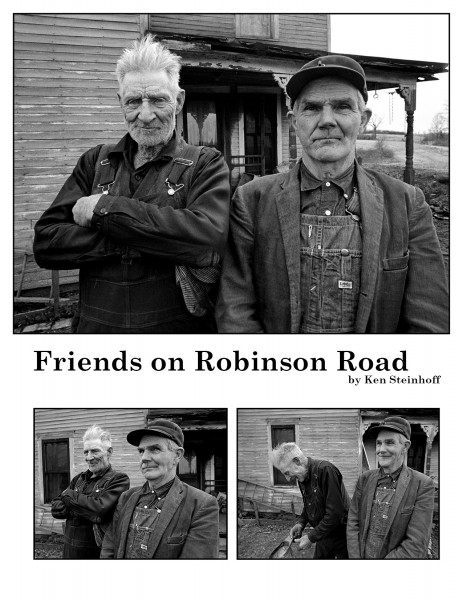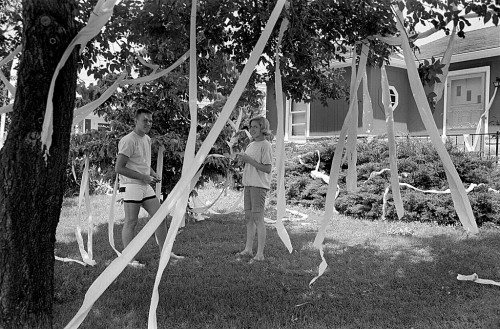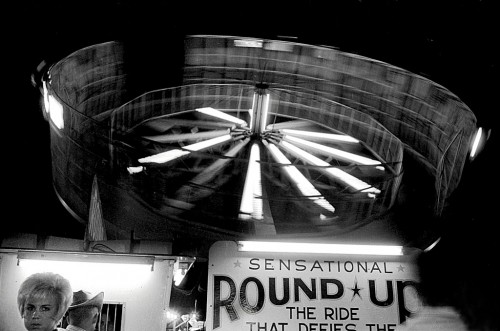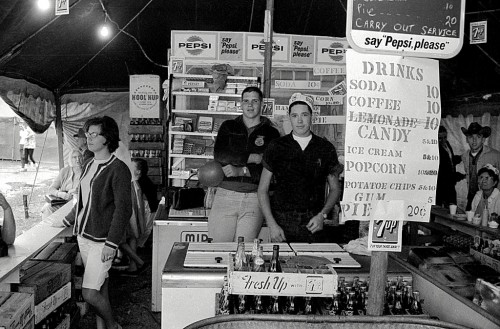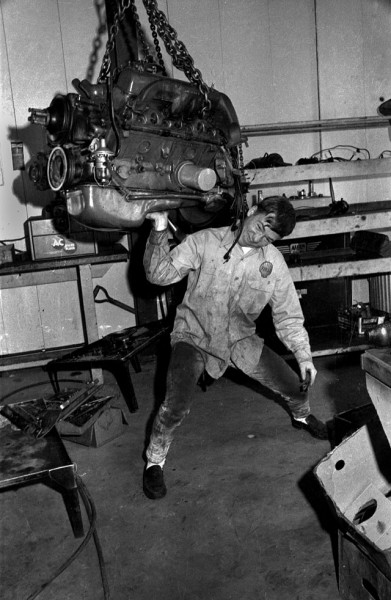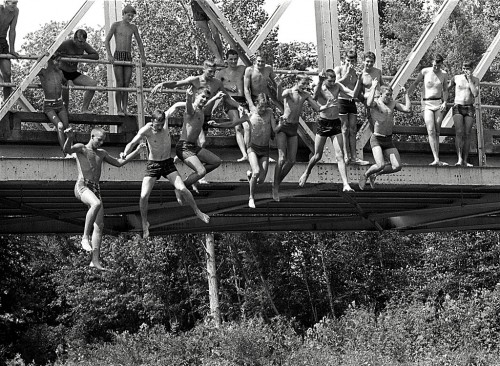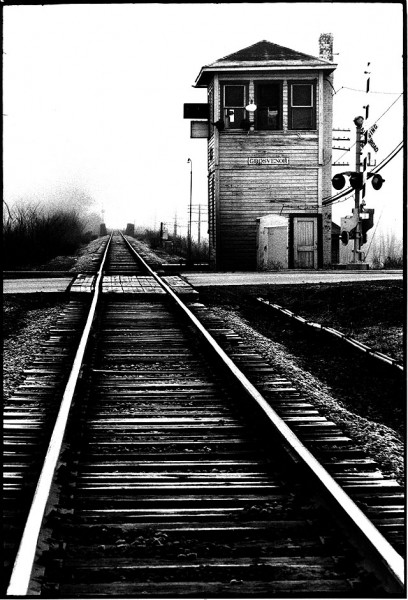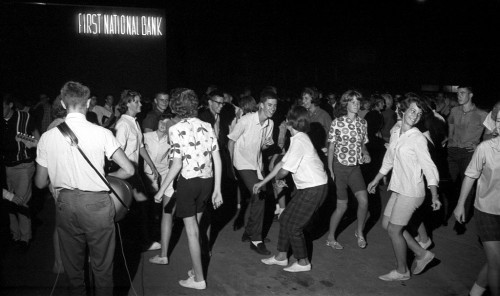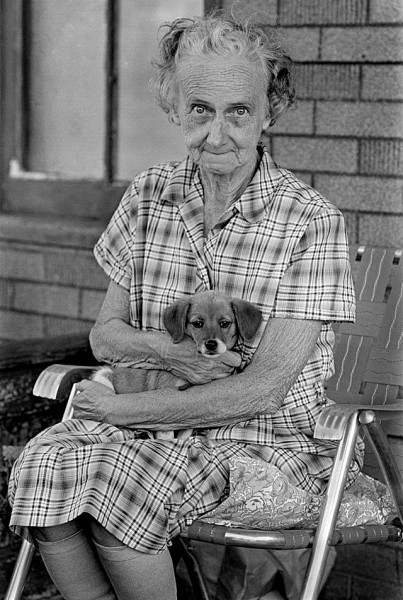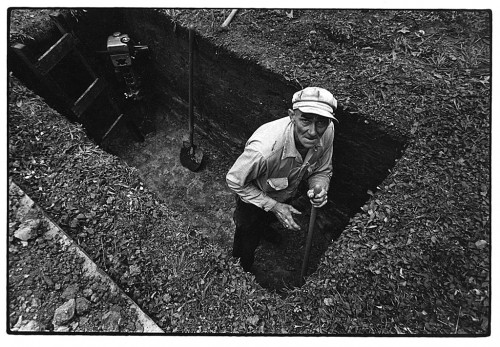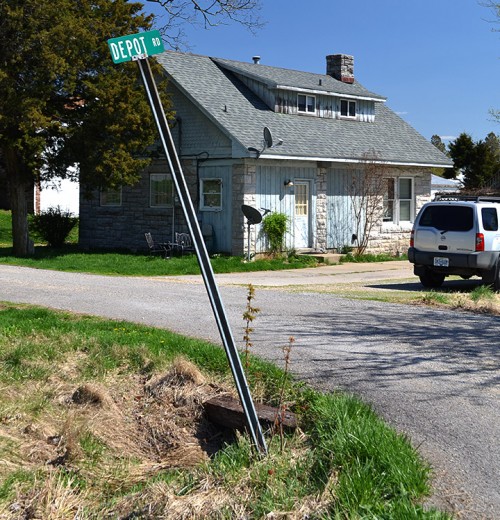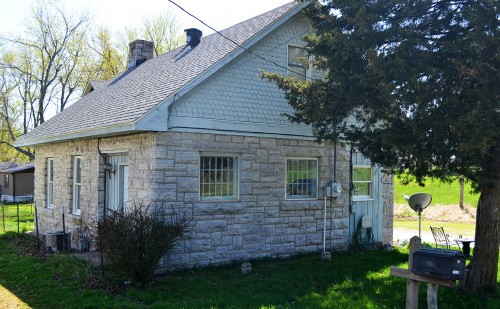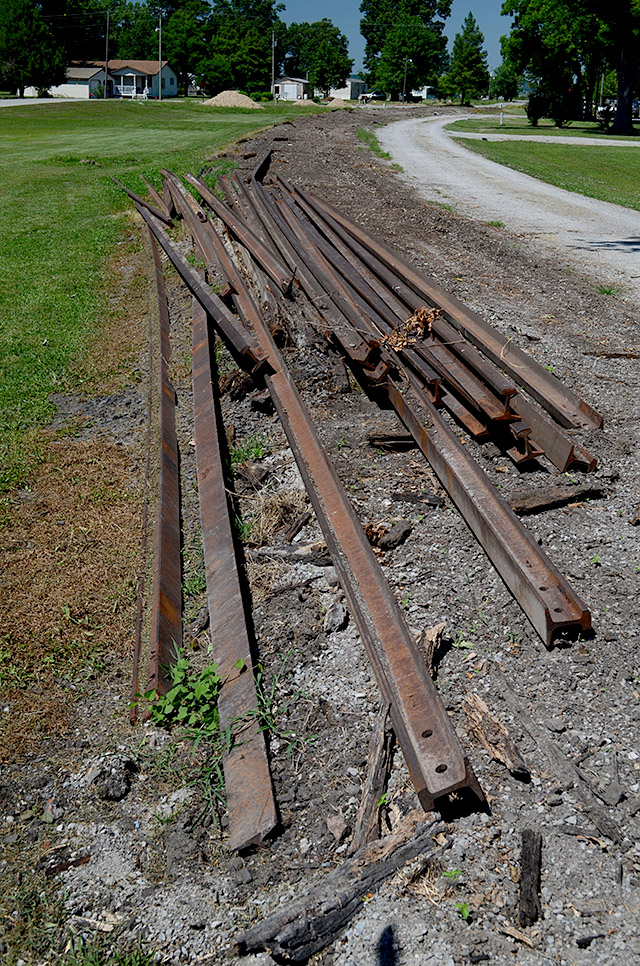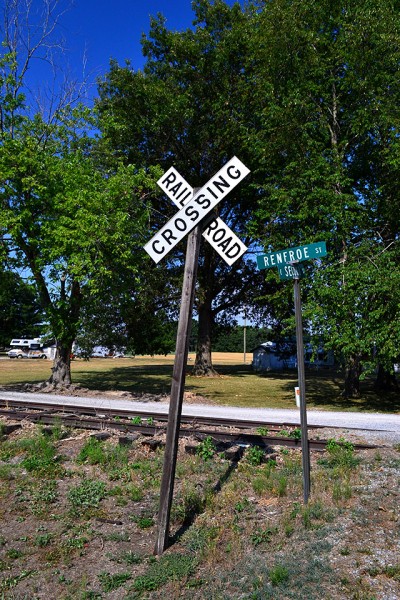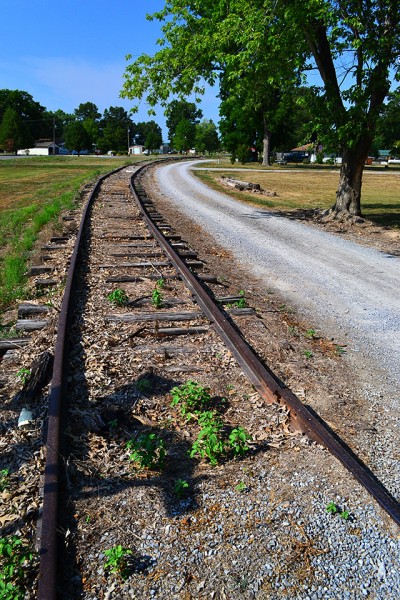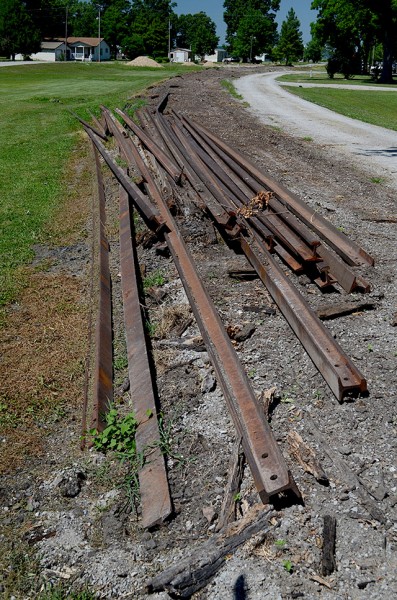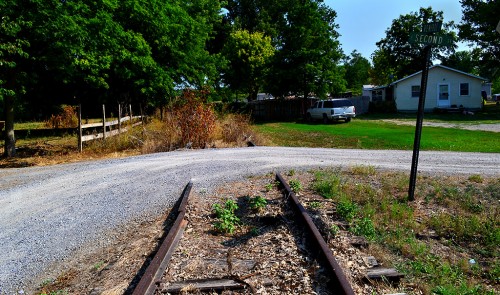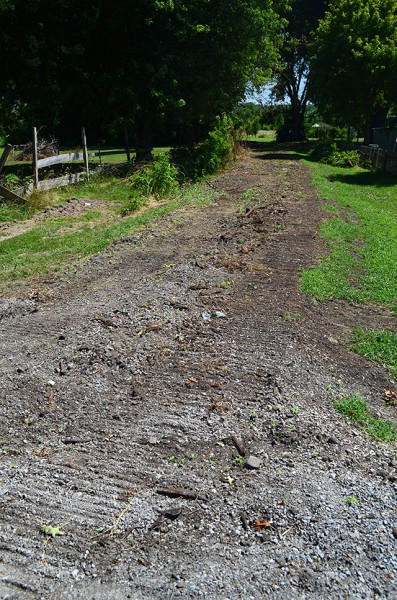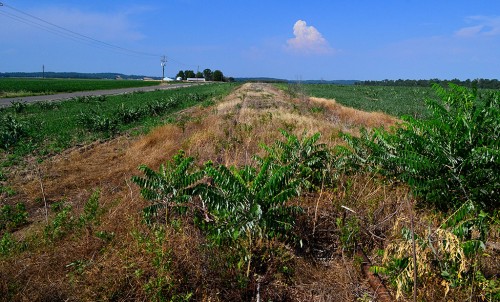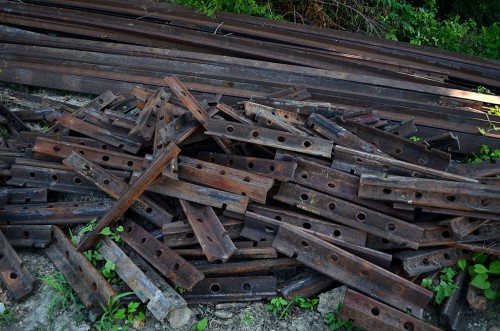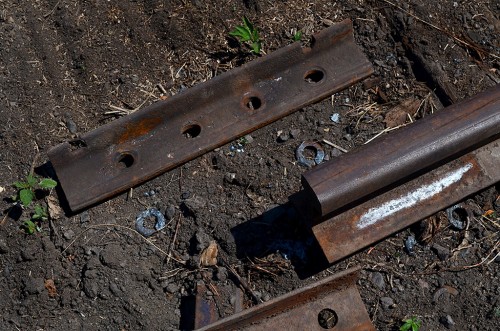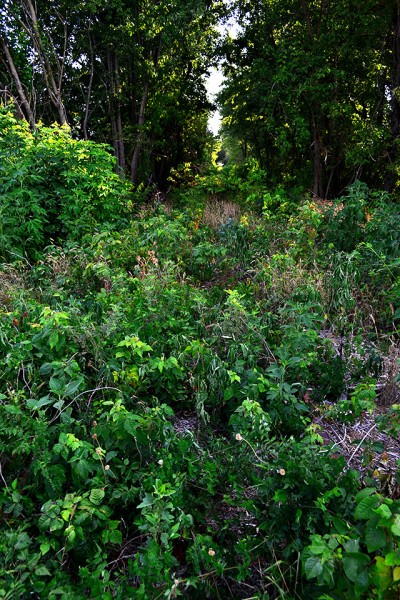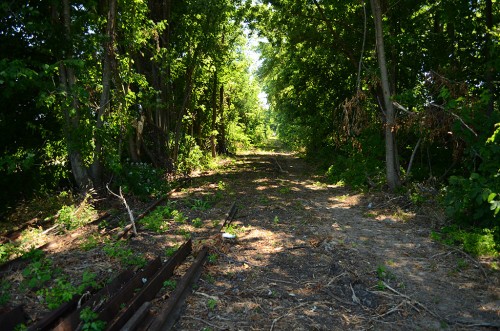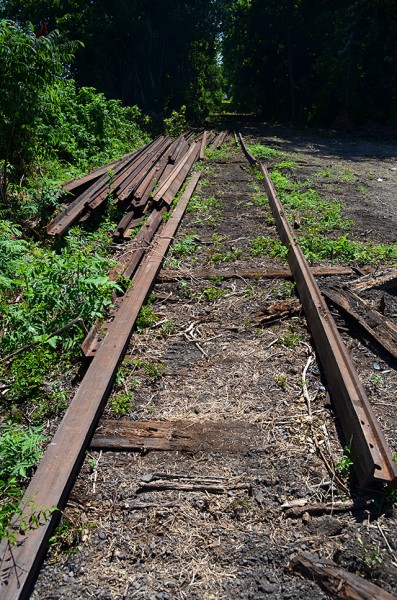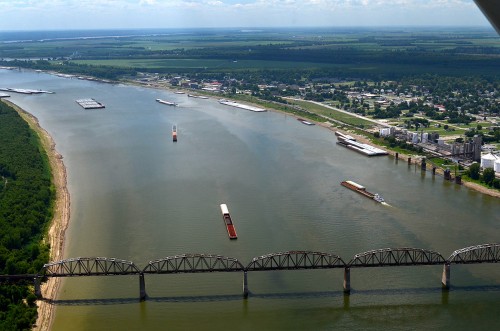 You can find out more than you ever wanted to know about the railroad industry in general and the Cairo Railroad Bridge in particular at the Bridges & Tunnels website.
You can find out more than you ever wanted to know about the railroad industry in general and the Cairo Railroad Bridge in particular at the Bridges & Tunnels website.
By the late 1800s, as many as 500,000 railroad cars a year were ferried across the Mississippi and Ohio Rivers. Bridging the rivers was hampered by the Civil War, economics, engineering challenges and the steamboat industry, which saw railroads as an attack on its livelihood.
Click on the photo to make it large enough to see Cairo on the right and Kentucky on the left . Just beyond the curve in the background is where the Mississippi and Ohio Rivers join at Fort Defiance, the southernmost point in Illinois.
First bridge finished in 1889
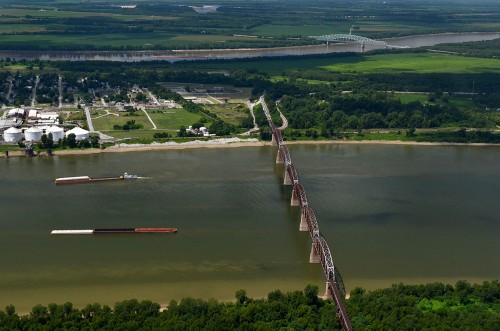 The first Cairo Bridge was an engineering marvel. The 10,650-foot, 52-truss bridge was the longest steel bridge in the world at the time. The total length, including trestles was 3.875 miles.
The first Cairo Bridge was an engineering marvel. The 10,650-foot, 52-truss bridge was the longest steel bridge in the world at the time. The total length, including trestles was 3.875 miles.
On October 29, 1899, the first train, consisting of nine 75-ton Illinois Central Mogul engines, the heaviest ones in service on the line, inched across the span. After they made it across the Ohio River safely, the train reversed and picked up a tenth engine, and blasted across the bridge at full speed. The second train to cross was full of newspapermen. I’m surprised they weren’t the first test train.
The Ohio River and the railroad bridge are in the foreground. The blue-green bridge in the background is the I-57 bridge crossing the Mississippi River into Missouri.
Bridge needed replacing by mid-1940s
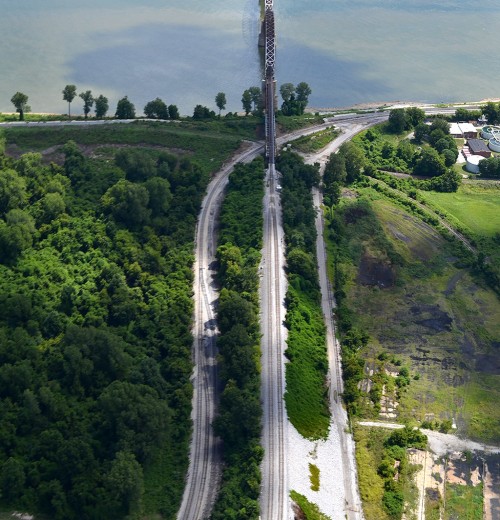 The website reported that a 6.6 earthquake in the New Madrid Sesmic Zone cracked a pier on the bridge in 1895, but repairs were made right away. A 1946 study showed quite a few dangerous deficiencies. Half a century of pounding by heavy loads had worn out key bars and rollers. An anemometer was installed and trains were prohibited from using the bridge when winds were high.
The website reported that a 6.6 earthquake in the New Madrid Sesmic Zone cracked a pier on the bridge in 1895, but repairs were made right away. A 1946 study showed quite a few dangerous deficiencies. Half a century of pounding by heavy loads had worn out key bars and rollers. An anemometer was installed and trains were prohibited from using the bridge when winds were high.
Work on a replacement that used some of the existing piers started in the summer of 1949; it was completed in May 1952.
This photo shows the east side of the bridge and the high levee that protects Cairo from the north.
Keep me in mind
There’s a small DONATE button at the top right of the post.
Thanks for reading my ramblings and thanks for helping offset my expenses.

